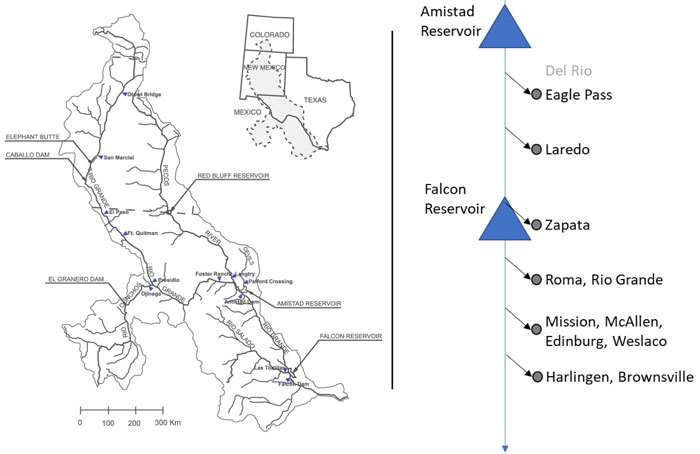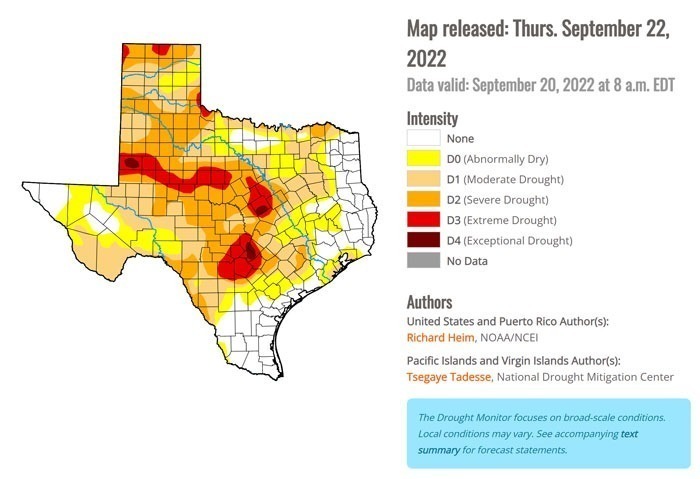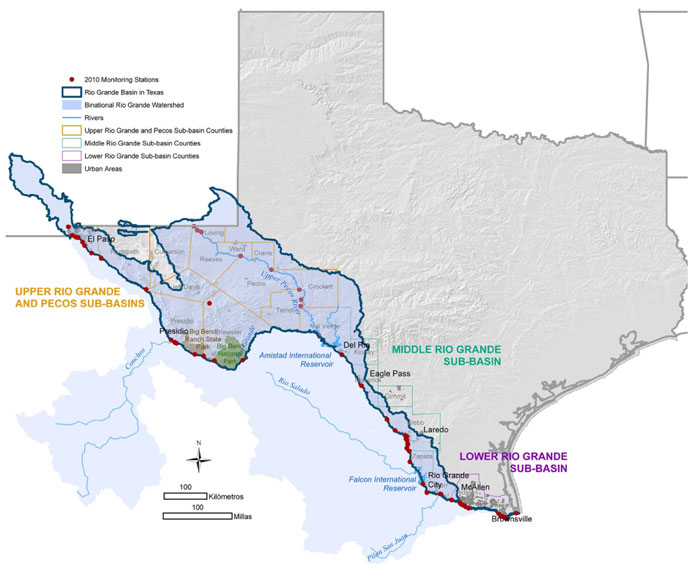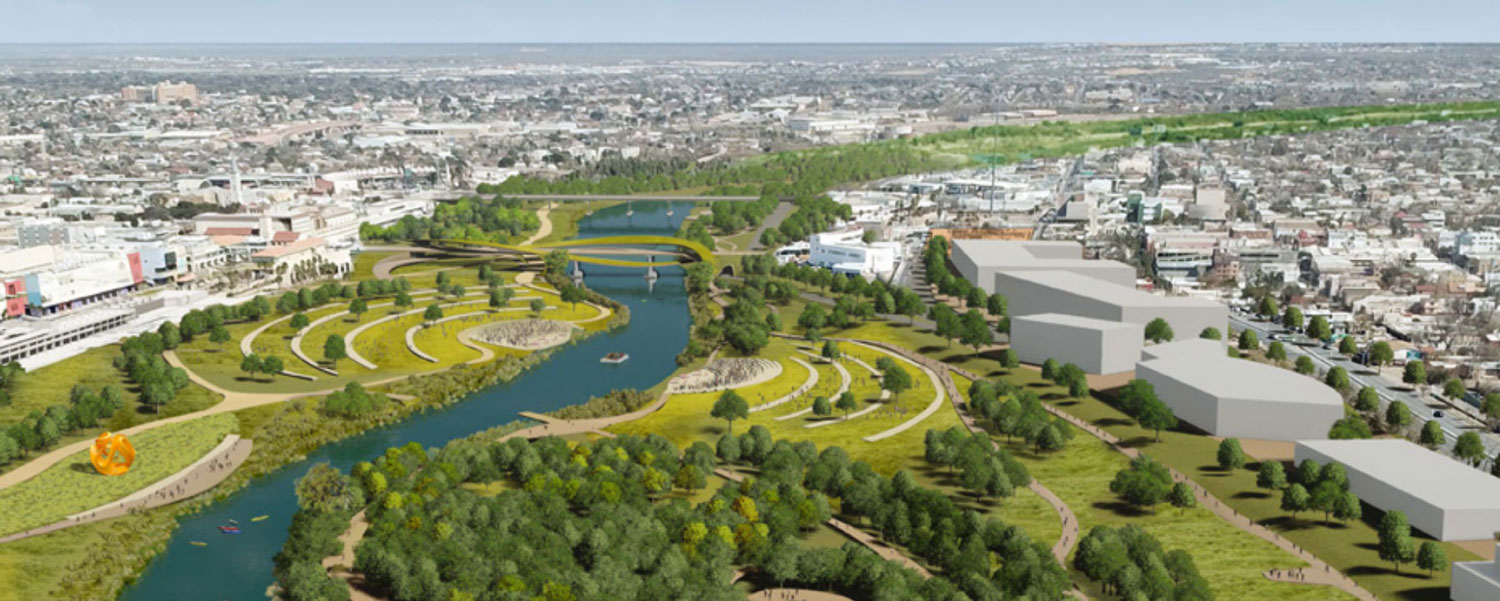The Binational River Conservation Project is the first international conservation project intended to transform our community and change the narrative around the border by focusing on Laredo's greatest asset, the Rio Grande. The project will become a new regional and national landmark, restoring river ecology, improving safety and security, and attracting economic investment on both sides of the river while honoring our bicultural heritage and identity. The proposed 1,000-acre project seeks to restore 6.2 river miles and significantly enhance our quality of life. This project will prioritize ecological restoration of native habitats necessary in supporting migrating species, reverse soil degradation, and improve natural water filtration. In addition, the removal and management of invasive species will be key to the restoration of native habitat, hydrology of the river, and surrounding ecosystem.












